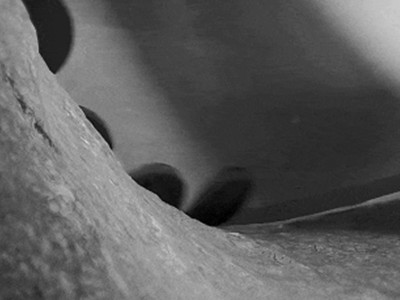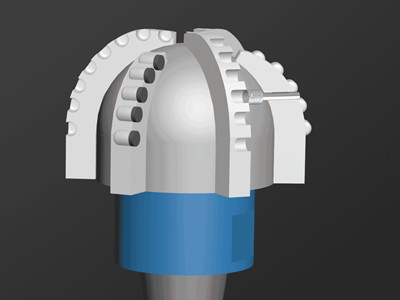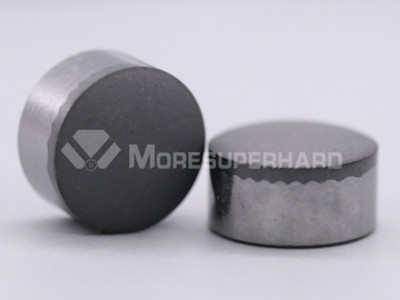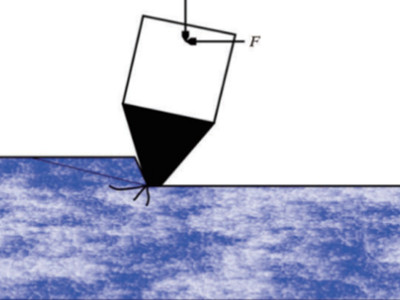
Drilling in deep, abrasive, and extremely hard rock formations—such as quartz sandstone, flint, granite, hard limestone, and basalt—poses significant challenges. Traditional PDC cutters tend to suffer from rapid wear, impact breakage, thermal degradation, and poor penetration in these harsh conditions.
To maintain drilling efficiency and extend bit life, it is essential to choose PDC cutters specially engineered with high wear resistance, superior impact toughness, and outstanding thermal stability. This article provides a detailed guide for selecting the right PDC cutters for deep and hard rock drilling.


1. Increased Diamond Layer
Thickness: Extending Cutter Life Standard PDC cutters typically feature a 1.5–2.0 mm diamond layer, which wears out quickly in abrasive formations.
Recommended: 2.5–4.0 mm thick diamond layer
Advantages:
Longer wear life
Better edge retention
Improved ROP in abrasive formations
Suitable for long intervals and continuous hard-rock drilling
A thicker diamond table significantly enhances durability under high abrasive loads.
2. Superior Thermal Stability: Preventing Graphitization
Downhole temperatures in deep hard formations may reach 200–300°C, while the cutter–rock interface can exceed 700–800°C.Conventional PDC cutters graphitize above 750°C, causing rapid wear and structural failure due to cobalt depletion. Recommended: Thermally Stable or De-cobaltized PDC Cutters (TSP-enhanced)These cutters withstand temperatures up to 1200°C or higher.
Advantages:
Resistance to graphitization
Stable mechanical strength at high temperatures
Ideal for quartz-rich, high-abrasion, and volcanic rock formations
3.High Impact Toughness: Improving Cutter Integrity
Hard formations generate strong vibrations and irregular impacts, making traditional PDC cutters prone to: chipping micro-cracking catastrophic breakage
Recommended: PDC cutters with a wavy or engineered interface
Benefits: Stronger bond strength between diamond and carbide substrate
Better energy dispersion
Reduced risk of delamination and cracking
Enhanced stability under high WOB and torque
This design dramatically improves cutter survival in deep and fractured formations.

4.Optimal PDC Cutter Geometry and Back Rake
Angle Hard-rock drilling requires not only wear resistance but also efficient penetration.
Recommended cutter shapes: Conical or Dome-shaped PDC
Sharper cutting edges
Better penetration with lower WOB
Reduced vibration and torque fluctuations
Improved performance in granite, flint, and other ultra-hard rocks
Recommended back rake angle: 15°–25°
A proper back rake ensures: Adequate edge support Controlled penetration Lower risk of cutter sticking, over-engagement, or breakage

5.Cutter Layout & Bit Body Selection: Maximizing Bit Performance
Even the best PDC cutter cannot perform without a proper bit design.
High cutter density is essential in hard rock
Benefits:
Lower load on each cutter
Reduced wear rate
Improved bit stability and drilling efficiency
Preferred bit body: Matrix-body PDC bit
Compared with steel-body bits, matrix-body bits offer
Higher wear resistance
Superior performance in high-abrasion formations
Longer life under high impact and high-temperature conditions
Matrix-body PDC bits are commonly used in: Granite Quartz sandstone Basalt Highly abrasive composite formations
Key Requirements for PDC Cutters in Deep Hard-Rock Drilling
To achieve reliable and efficient drilling in deep, abrasive, and ultra-hard formations, PDC cutters should have:
✔ Thicker diamond table (2.5–4.0 mm)
✔ High thermal stability (up to 1200°C+)
✔ Enhanced impact toughness (wavy interface design)
✔ Conical or dome-shaped geometry with 15°–25° back rake
✔ High cutter density
✔ Matrix-body PDC bit structure
This combination ensures improved penetration rate, longer bit life, and reduced drilling costs in demanding geological environments.
Learn how to choose the right PDC cutters for deep and hard rock formations. Explore diamond thickness, thermal stability, impact toughness, cutter geometry, and bit design.
CMP (Chemical Mechanical Polishing) technology for CVD diamond enables ultra-smooth surfaces with nanometer-level roughness. By combining mechanical abrasion with chemical reactions, CMP delivers superior flatness, high precision, and damage-free polishing.
Add: Zhongyuan Rd, Zhongyuan District, Zhengzhou, 450001, Henan, China
Tel: +86 17700605088